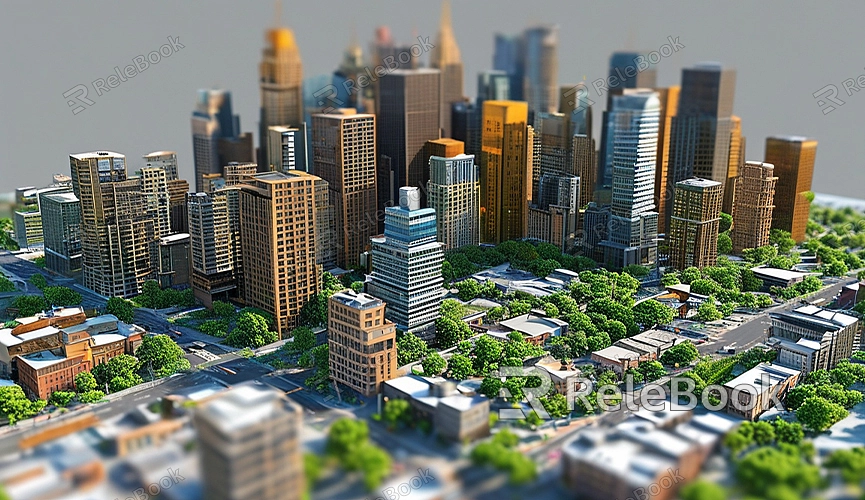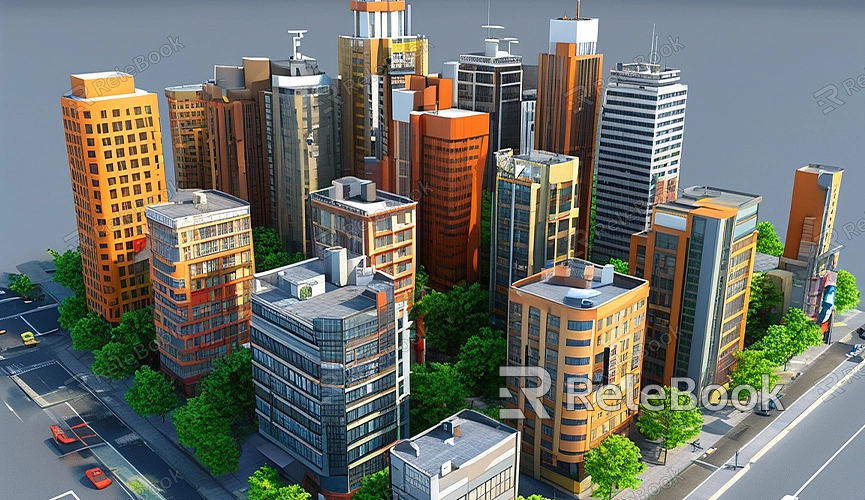How to Get a 3D Model of a City
In the modern digital era, 3D modeling technology has become increasingly prevalent and essential. Whether for game development, architectural design, or urban planning, 3D models provide intuitive visual representations and precise spatial understanding. Among these, 3D models of cities are particularly significant as they can be used for simulating urban development, predicting disasters, and virtual tourism. So, how can you obtain a 3D model of a city? This article will detail several common methods.

Utilize Existing 3D Model Libraries
There are numerous websites offering both free and paid 3D model downloads, encompassing various types including city models. You can search for these websites and download the required 3D models. These models are typically professionally designed and optimized, ready for integration into your projects. Websites like Sketchfab, TurboSquid, and 3D Warehouse are excellent choices.
Use Open Source Map Data
Open source map data provides another effective method for obtaining city 3D models. OpenStreetMap (OSM) is a global open source mapping project that offers detailed geographical data. You can use OSM data to generate 3D models of cities. Some tools and software, such as Blender and QGIS, support importing and converting OSM data into 3D models. With these tools, you can customize and adjust models to meet your specific needs.

Employ Drone and Photogrammetry Techniques
Combining drones with photogrammetry techniques enables rapid acquisition of high-precision city 3D models. Drones capture extensive city images from the air, which are then processed using photogrammetry software like Agisoft Metashape or Pix4D to convert them into 3D models. This method excels in providing detailed and accurate models suitable for projects requiring high precision data.
Use Laser Scanning Technology
Laser scanning technology offers another efficient method to obtain city 3D models. Laser scanners can quickly scan buildings and streets in the city, generating high-resolution 3D point cloud data. This data can be converted into 3D models using professional software such as AutoCAD, Revit, or Cyclone. Laser scanning is typically used in engineering projects that demand very high accuracy, such as architectural measurements and historical preservation.
Employ Urban Planning and Design Software
Some urban planning and design software, like CityEngine, ArcGIS, and Rhino, include built-in tools and features to help you generate and edit city 3D models. These software packages often come with rich geographical data and modeling tools, allowing for quick creation of detailed city models. Additionally, they support integration with other design and modeling tools, enabling you to export models to other platforms for further processing.
Combine Multiple Data Sources
In practical applications, combining multiple data sources can provide a more comprehensive and detailed city 3D model. For example, integrating open source map data, drone photography data, and laser scanning data can result in a high-precision city model. By amalgamating different data sources, you can compensate for any shortcomings in individual datasets and obtain more accurate and detailed models.
If you need high-quality 3D textures, HDRI, or downloadable 3D models for your modeling and virtual scene creation, you can download them from Relebook and directly import textures and 3D models into your projects.
Obtaining a 3D model of a city involves various methods, including utilizing existing 3D model libraries, using open source map data, employing drone and photogrammetry techniques, using laser scanning technology, and leveraging urban planning and design software. Depending on your specific needs and project requirements, you can choose the appropriate method or combine multiple methods to obtain the city 3D model that best suits your needs.

